Diospyros hasseltii - 1 germinated seed / 1 gekeimter Samen
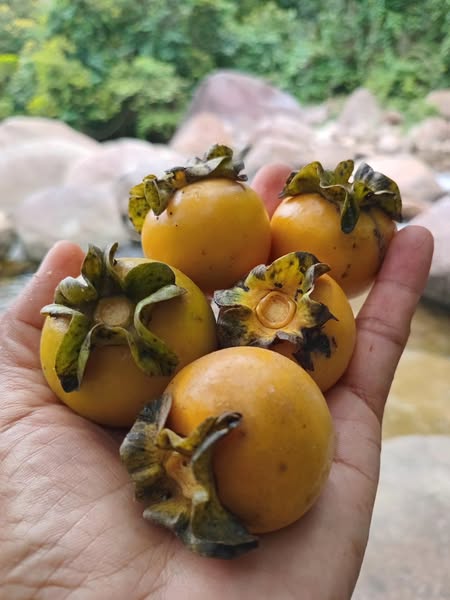
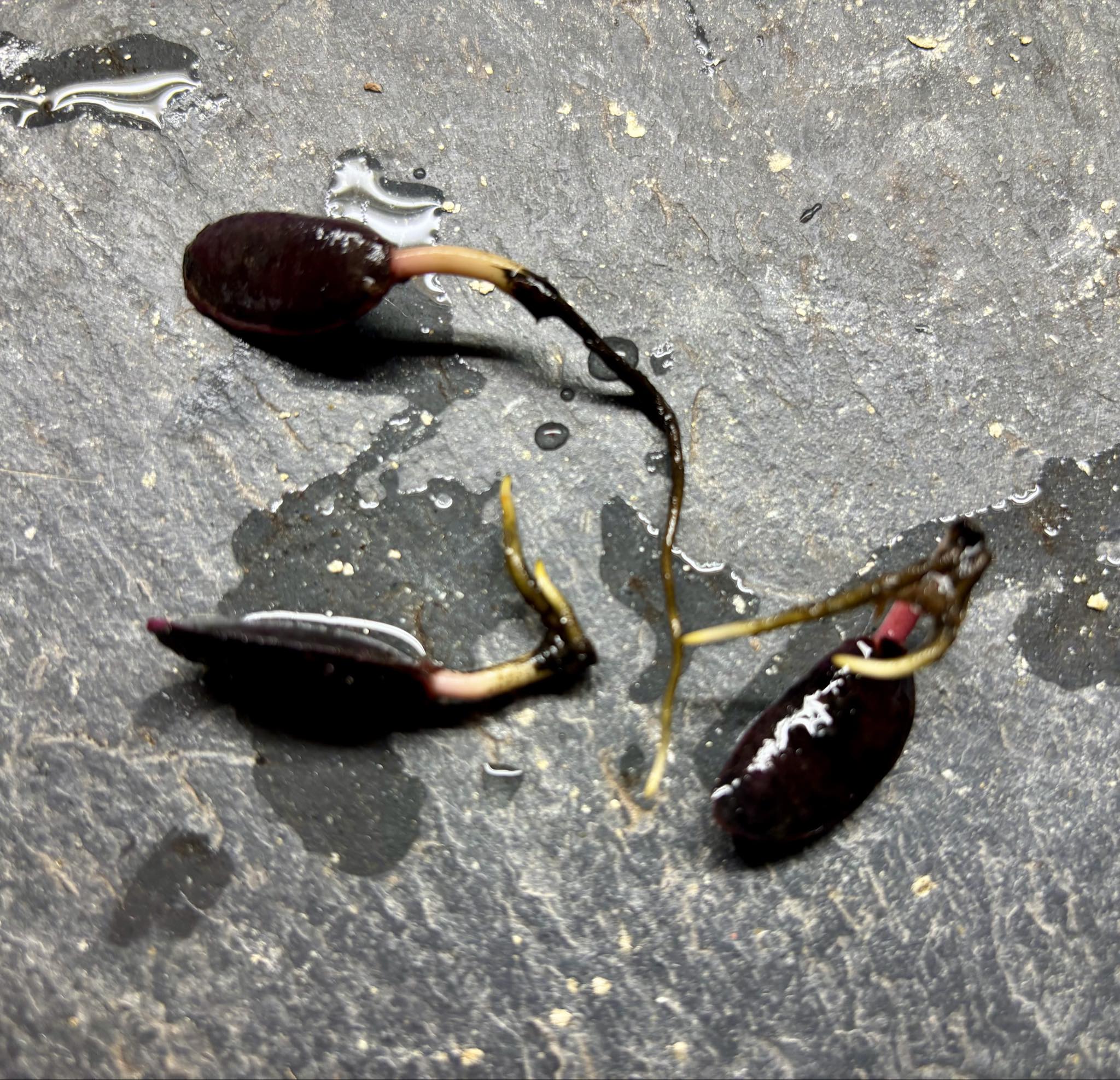
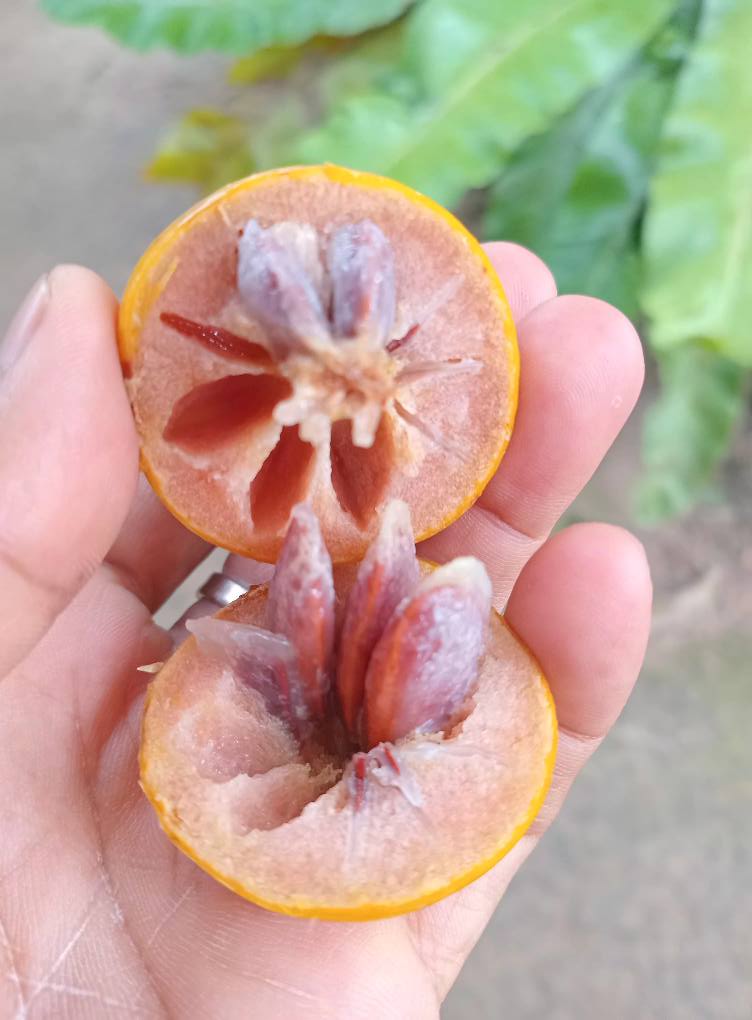
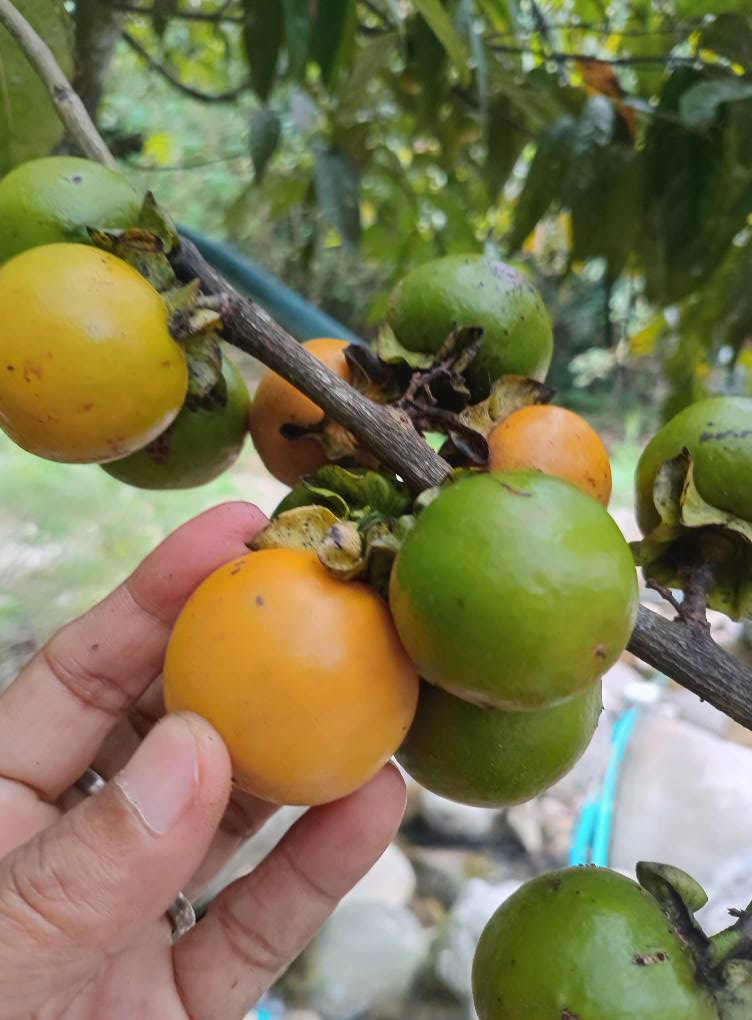
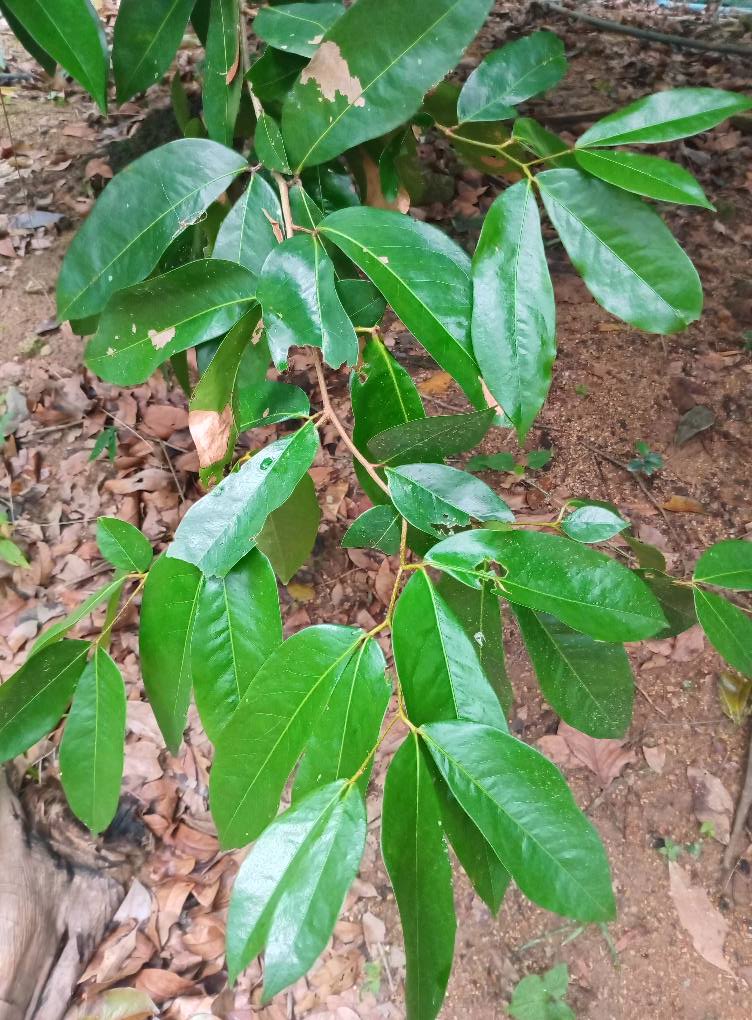
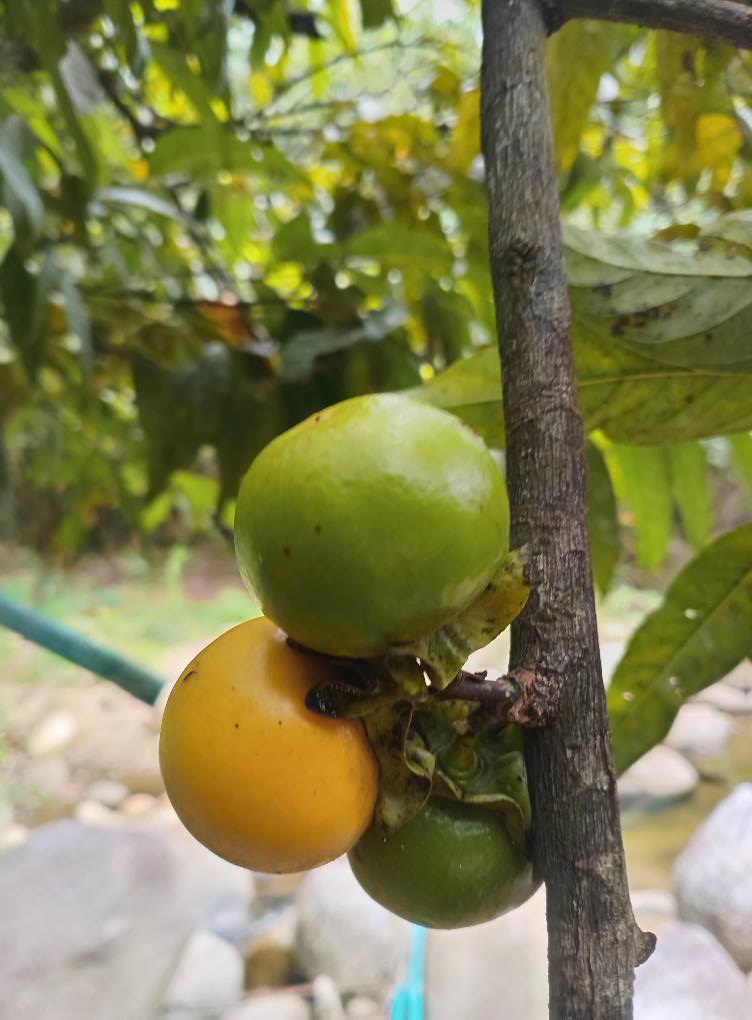
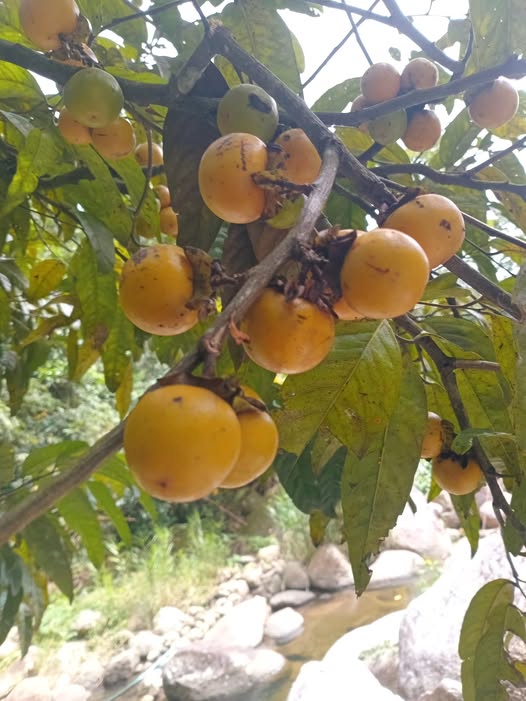
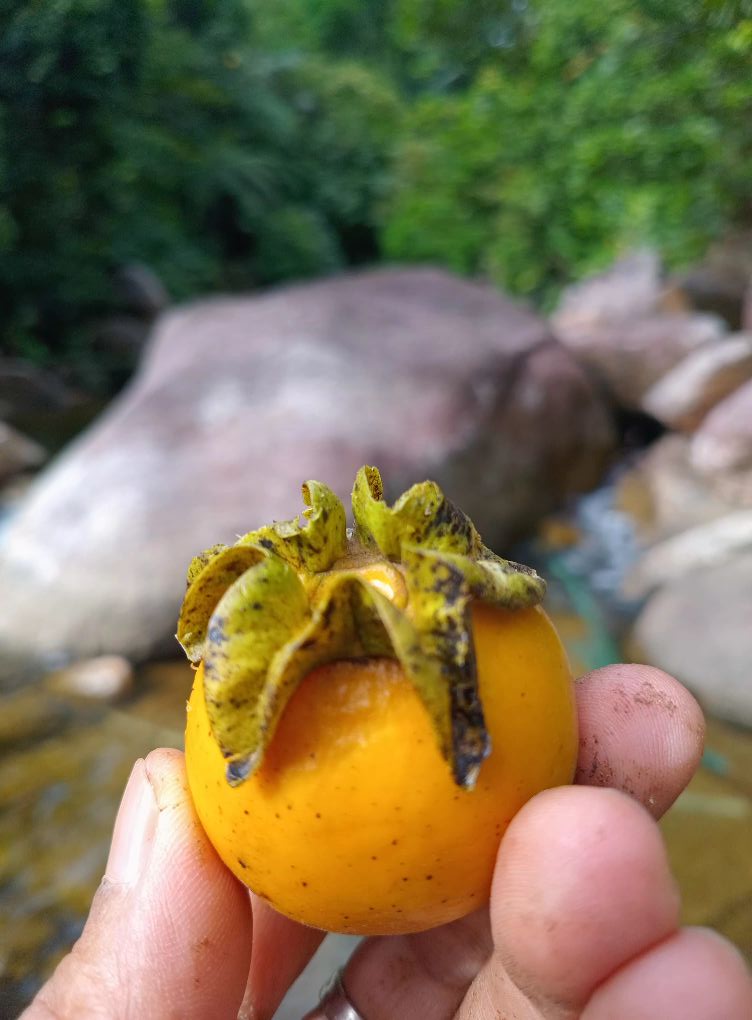
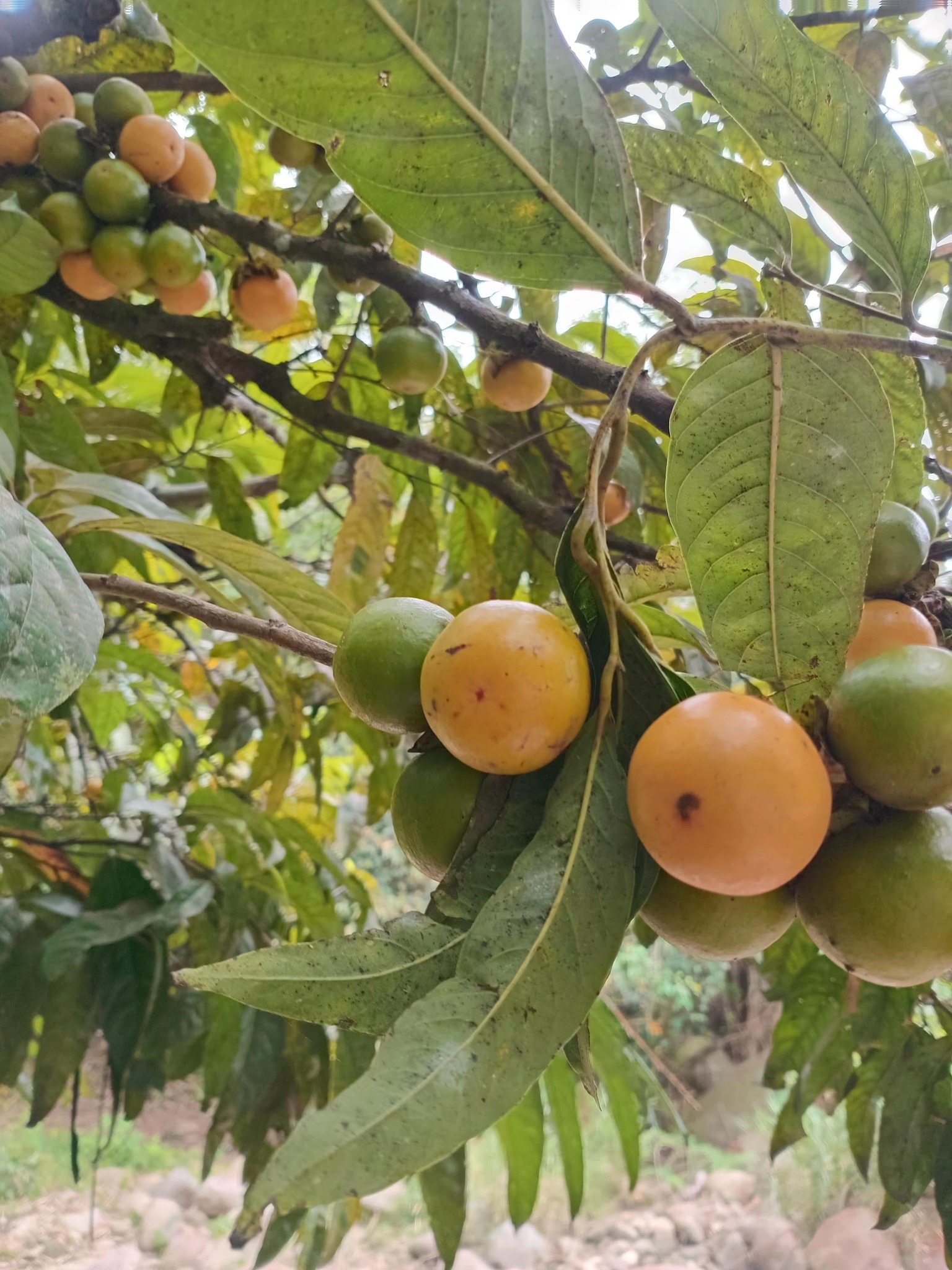



























Diospyros hasseltii
Family / Familie: Ebenaceae
origin from / Herkunft: Asia / Asien
Climate / Klima: warm (15-30C / 59-86F) / warm (15-30C / 59-86F)
Use / Verwendung: edible fruits, juice, jam, ice cream, etc. / essbare Früchte, Säfte, Marmelade, Eis usw.
you buy / sie kaufen: 1 germinated seed / 1 gekeimter Samen
Delivery worldwide
This Diospyros species is extremely rare and very difficult to find.
The fruits of Diospyros hasseltii are described as delicious.
The fruits have sweet and nutritious flesh.
Caution! The seedlings have black roots—this is normal for ebony plants.
This plant, also known as the East Asian persimmon or persimmon, is also used for food, timber, and other purposes, with its fruits and other parts having significant medicinal value.
Edible Fruits:
The fruits of D. hasseltii are edible and have a sweet taste.
Nutritional Value:
Like other Diospyros fruits, D. hasseltii is rich in bioactive compounds, including soluble and insoluble fiber, polyphenols, and carotenoids, making it a nutritious food source.
Other Uses:
In addition to its use as food, the plant is used for its valuable wood and various secondary purposes. Various parts of the plant are used in traditional remedies for various ailments.
Please overwinter this plant at a minimum of 15 degrees.
Diese Diospyros Art ist extrem selten und nur sehr schwer zu finden.
Die Früchet von Diospyros hasseltii werden als lecker beschrieben.
Die Früchte haben ein süßes und nahrhaftes Fruchtfleisch.
Achtung! Die Sämlinge haben schwarze Wurzeln - das ist normal bei Ebenholzgewächsen.
Diese Pflanze, auch als ostasiatische Kaki oder Dattelpflaume bekannt, wird auch als Nahrungsmittel, Holz und für andere Zwecke verwendet, wobei ihre Früchte und andere Teile einen erheblichen medizinischen Wert haben.
Essbare Früchte:
Die Früchte von D. hasseltii sind essbar und haben einen süßen Geschmack.
Nährwert:
Wie andere Diospyros-Früchte ist D. hasseltii reich an bioaktiven Verbindungen, darunter lösliche und unlösliche Ballaststoffe, Polyphenole und Carotinoide, was sie zu einer nahrhaften Nahrungsquelle macht.
Weitere Verwendungen:
Neben der Verwendung als Nahrungsmittel wird die Pflanze wegen ihres wertvollen Holzes und verschiedener Nebenzwecke verwendet. Verschiedene Pflanzenteile werden in traditionellen Heilmitteln für verschiedene Beschwerden eingesetzt.
Diese Pflanze bitte bei mindestens 15 Grad überwintern.
